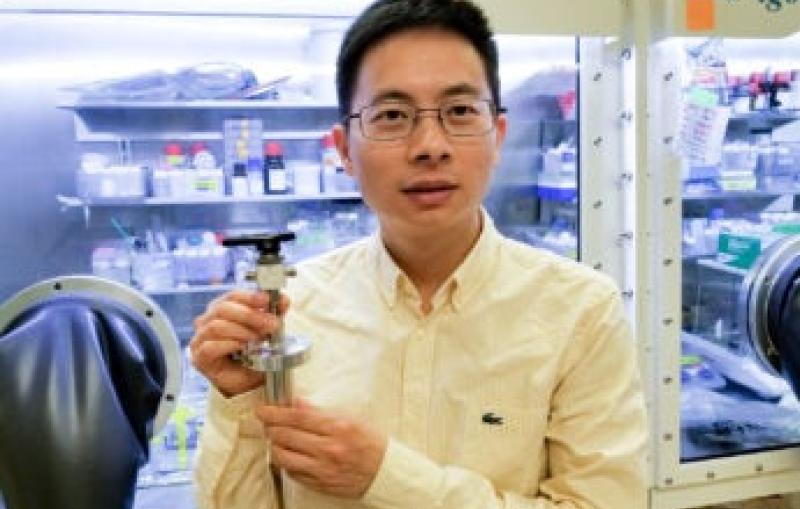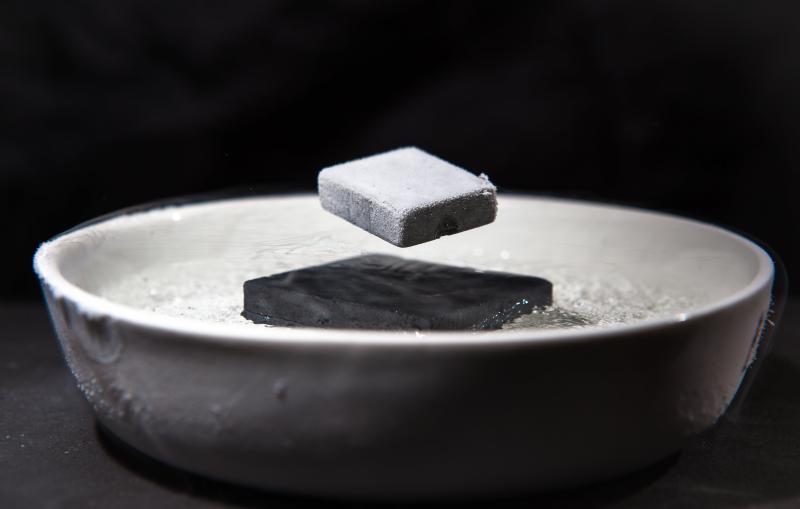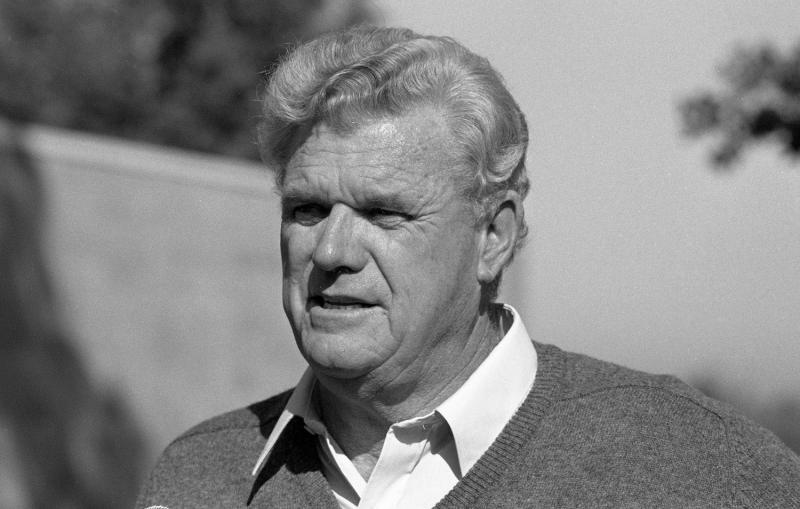News Feature
VIA Stanford News
Stanford, SLAC Researchers Have Developed a Water-Based Battery to Store Solar and Wind Energy



The latest news about SLAC research, science programs, facilities and people.
More on our News Center and Media Resources pages


